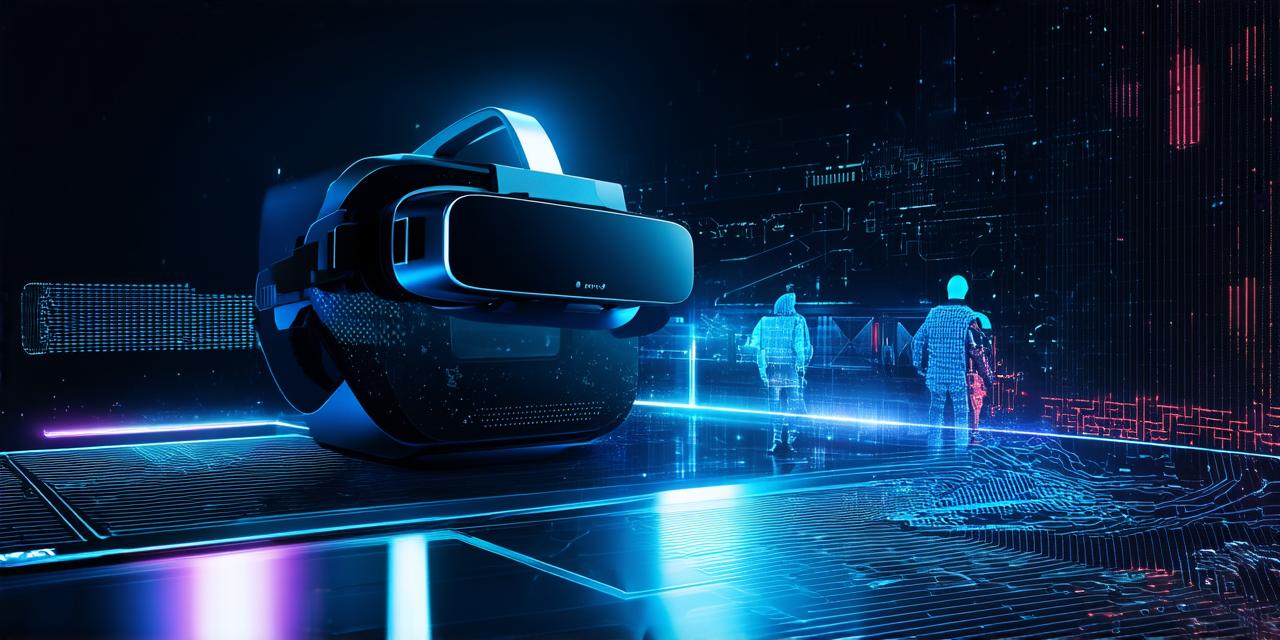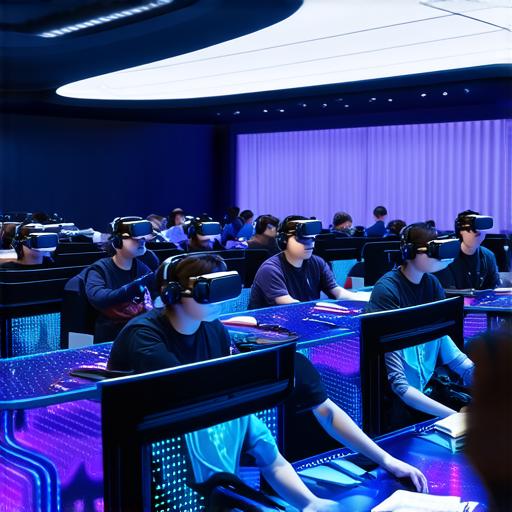
Benefits of Virtual Reality in Education
Virtual reality (VR) technology has revolutionized the way we learn and interact with the world around us.
In education, VR has the potential to transform the learning experience by providing immersive, interactive, and engaging environments that enhance understanding and retention of information. In this article, we will explore the benefits of virtual reality in education and how it can be used to enhance the learning process.
Immersive Learning Experience
One of the main advantages of using VR in education is the ability to create immersive and interactive learning experiences. With VR, students can enter a simulated environment that allows them to experience and interact with concepts in a way that is not possible with traditional classroom instruction. For example, a biology teacher could use VR to take their students on a virtual tour of the human body, allowing them to explore different organs and systems in an interactive and engaging way.
Enhanced Understanding and Retention
Virtual reality technology has been shown to enhance understanding and retention of information by providing students with immersive and interactive learning experiences. Research has shown that students who learn through VR experiences have better recall of information than those who learn through traditional classroom instruction. This is because VR provides a more engaging and memorable learning experience that allows students to connect the material they are learning to their own personal experiences and interests.
Engaging and Motivating Students

Virtual reality technology can be used to make learning more engaging and motivating for students. With VR, students can participate in interactive and immersive activities that are designed to capture their attention and interest. For example, a history teacher could use VR to take their students on a virtual tour of ancient civilizations, allowing them to explore different cultures and time periods in an engaging and interactive way. This can help to make learning more enjoyable and motivating for students, which can lead to better academic performance.
Cost-Effective
Virtual reality technology can be a cost-effective solution for education, particularly when compared to traditional classroom instruction. With VR, students can access educational content from anywhere in the world, without the need for expensive textbooks or other physical materials. Additionally, VR can help to reduce the need for physical classrooms and facilities, which can save money on rental costs and maintenance expenses.
Increased Accessibility
Virtual reality technology can increase accessibility to educational content by providing students with the ability to learn from anywhere in the world. With VR, students can access educational content that may not be available in their local area or that they may not have the resources to attend in person. This can help to level the playing field and provide more opportunities for students from all backgrounds to access high-quality education.
Case Studies
Virtual reality technology has already been used in a number of educational settings, with positive results. For example, the University of Maryland used VR to create an immersive simulation of a medical procedure, allowing students to practice and perfect their skills in a safe and controlled environment. The result was that students who learned through VR had better recall of information and were more confident in their abilities than those who learned through traditional classroom instruction.
Another example is the use of VR in language learning. A study conducted by the University of Maryland found that students who learned through VR had better language proficiency than those who learned through traditional classroom instruction. This is because VR provides a more engaging and immersive learning experience that allows students to practice speaking and listening skills in a real-world context.
FAQs
What is virtual reality? Virtual reality (VR) technology creates an artificial environment that can be experienced and interacted with through a headset or other device. VR can be used for a variety of purposes, including entertainment, education, and training.
How does virtual reality work? Virtual reality works by creating a 3D image that is projected onto the screens of a VR headset or other device.